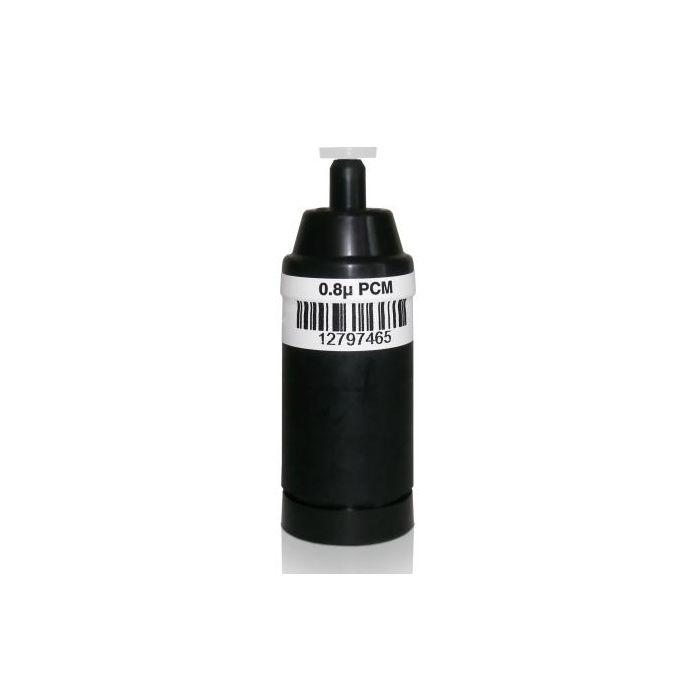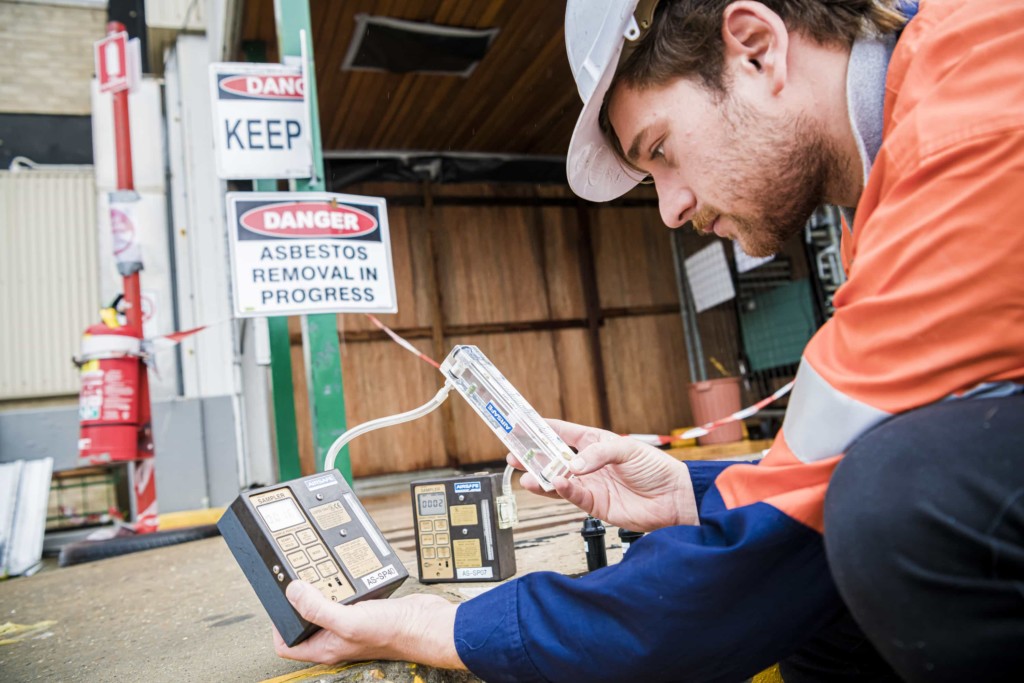Your Guide to Effective Asbestos Evaluating Procedures
Asbestos screening treatments are a vital element of making certain the security of indoor settings, particularly in older buildings where this unsafe product may be existing. The prospective health threats connected with asbestos exposure make it crucial to approach screening with precision and thoroughness. From recognizing the residential or commercial properties of asbestos to effectively analyzing test outcomes, a detailed guide can outfit people with the knowledge and devices required to navigate this complex procedure. Stay tuned to discover the vital steps and considerations that can aid you safeguard against the dangers postured by asbestos.
Recognizing Asbestos and Its Threats
Asbestos, a normally happening mineral known for its warm resistance and resilience, positions severe health threats when its fibers are breathed in or consumed. asbestos air testing. Exposure to asbestos can lead to major wellness problems such as lung asbestosis, cancer cells, and mesothelioma cancer. Regardless of its helpful buildings, asbestos has been commonly outlawed in many countries as a result of the tried and tested web link in between asbestos exposure and these deadly diseases
The danger hinges on the microscopic fibers that can easily become air-borne when asbestos-containing products are disrupted or damaged. Once inhaled, these fibers can end up being lodged in the lungs, triggering swelling and scarring with time. The latency period between direct exposure to asbestos and the advancement of relevant illness can span a number of decades, making early detection and prevention essential.
Asbestos was generally utilized in construction materials, insulation, and automotive parts prior to its health and wellness threats were fully recognized. Today, correct testing and elimination of asbestos-containing products are important to secure individuals from the risks connected with asbestos direct exposure.
Identifying Possible Asbestos Materials
The identification of potential asbestos materials is a critical action in ensuring the safety and security of people revealed to dangerous compounds in numerous environments. Asbestos can be found in a wide variety of building materials, consisting of but not limited to insulation, ceiling floor tiles, floor tiles, concrete sheets, and roof covering shingles - asbestos air testing. Identifying these products precisely is important to properly taking care of the risks related to asbestos exposure

In instances where visual inspection is inconclusive, examples of thought products can be collected and sent out to recognized laboratories for screening. These laboratories use specialized techniques such as polarized light microscopy or transmission electron microscopy to properly identify the presence of asbestos fibers in the examples. By following strenuous identification procedures, people can successfully mitigate the threats related to asbestos direct exposure.
Choosing the Right Testing Technique
Identification of potential asbestos products plays a critical role in figuring out the ideal testing approach for accurate asbestos fiber detection. As soon as thought products have actually been determined, picking the best screening method is important to guarantee reputable outcomes. There are two key methods for asbestos screening: polarized light microscopy (PLM) and transmission electron microscopy (TEM) PLM is frequently utilized for initial screening as it is cost-efficient and gives fast outcomes. PLM has constraints in identifying asbestos fibers that are smaller than 1 to 3 microns. On the various other hand, TEM is a more sophisticated strategy that can properly determine asbestos fibers at the ultrastructural degree. While TEM is extra taxing and expensive than PLM, it uses greater level of sensitivity and specificity in asbestos discovery. Selecting the proper testing technique depends on various variables such as the kind of product being checked, the needed sensitivity of the analysis, and the available spending plan. It is essential to consult with certified asbestos testing professionals to establish one of the most ideal approach for your certain screening requirements.
Carrying Out Example Collection Safely
When gathering examples for asbestos screening, prioritizing precaution is extremely important to lessen potential exposure threats. Asbestos fibers are unsafe when disturbed, making it critical to adhere to appropriate security protocols during sample collection - asbestos testing cost. Prior to starting the tasting process, guarantee that you are outfitted with individual safety devices (PPE) such as disposable coveralls, masks, handwear covers, and safety glasses asbestos survey near me to stop inhalation or call with asbestos fibers
It is necessary to wet the sampling location using a gentle mist of water to avoid the fibers from ending up being air-borne during collection. Usage caution when accumulating samples and avoid hostile scratching or piercing that could release asbestos fibers into the air. Instead, very carefully reduced a little item of the product utilizing ideal tools and place it right into a secured container for analysis by a qualified laboratory.
Moreover, identifying each example with comprehensive details relating to the tasting date, place, and collector's name is crucial for exact record-keeping and analysis. By adhering to these safety guidelines, you can carry out sample collection for asbestos screening effectively while lessening the threat of exposure.
Analyzing Examination Results and Next Actions

Conclusion
In final thought, effective asbestos screening procedures are essential in recognizing and handling potential wellness dangers associated with asbestos direct exposure. By recognizing the risks of asbestos, identifying prospective materials, choosing the right screening method, conducting example collection safely, and translating test results accurately, people and companies can take the essential actions to safeguard themselves and others from the hazardous effects of asbestos. It is vital to focus on safety and appropriate screening methods to make sure a healthy atmosphere for all.

Identification of possible asbestos materials plays a vital duty in determining the ideal screening technique for precise asbestos fiber detection. The test outcomes will certainly indicate the existence or absence of asbestos, the type of asbestos fibers existing, and the focus levels.In conclusion, effective asbestos screening procedures are vital in determining and managing potential wellness threats connected with asbestos exposure. By comprehending the risks of asbestos, identifying possible products, selecting the ideal testing method, conducting sample collection safely, and interpreting test results accurately, individuals and organizations can take the required steps to secure themselves and others from the hazardous impacts of asbestos.